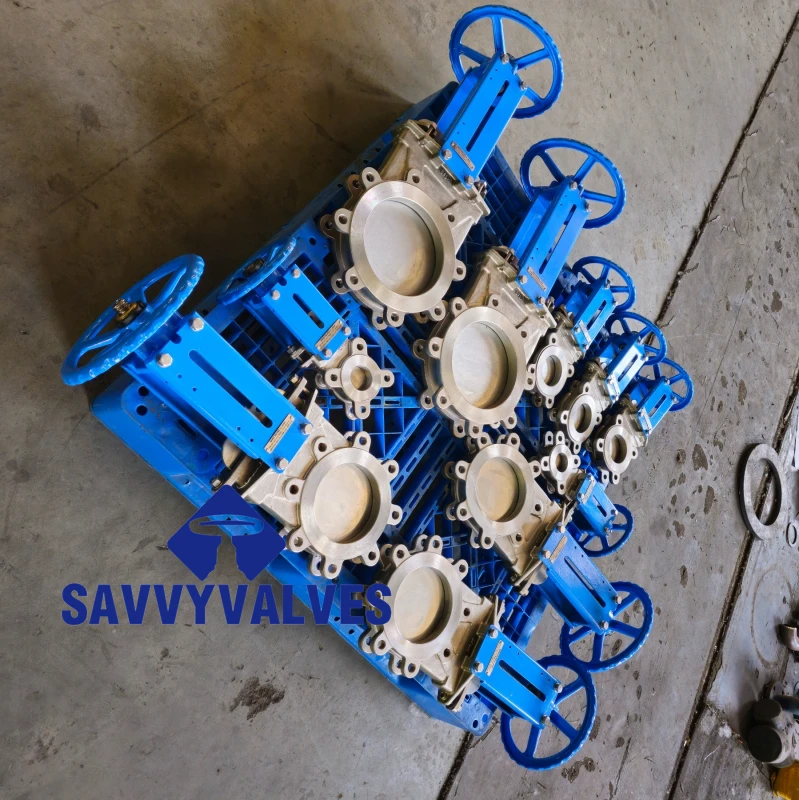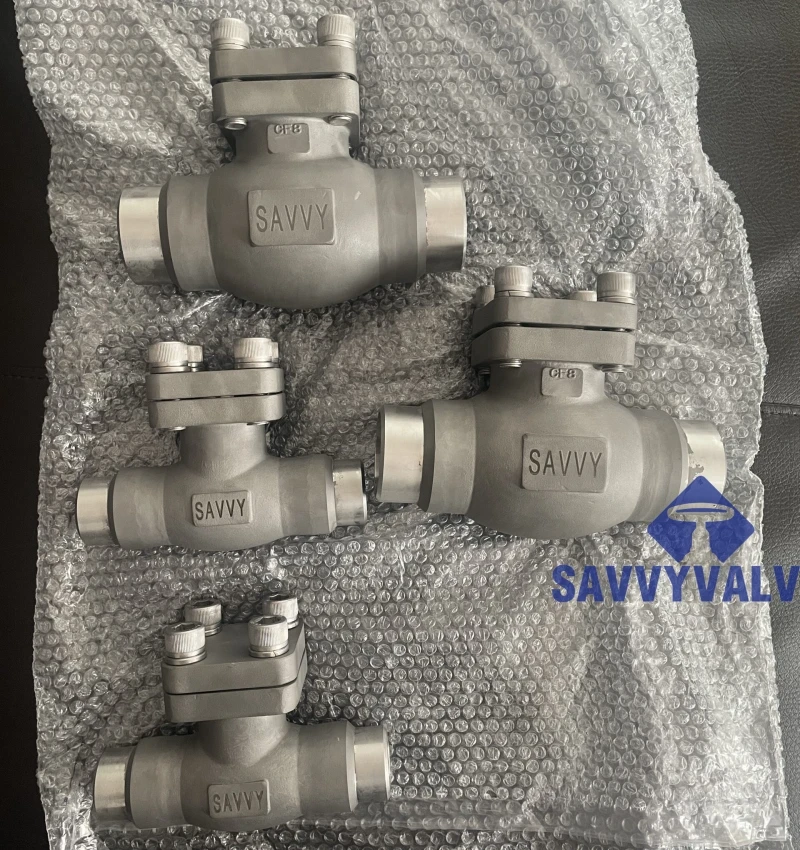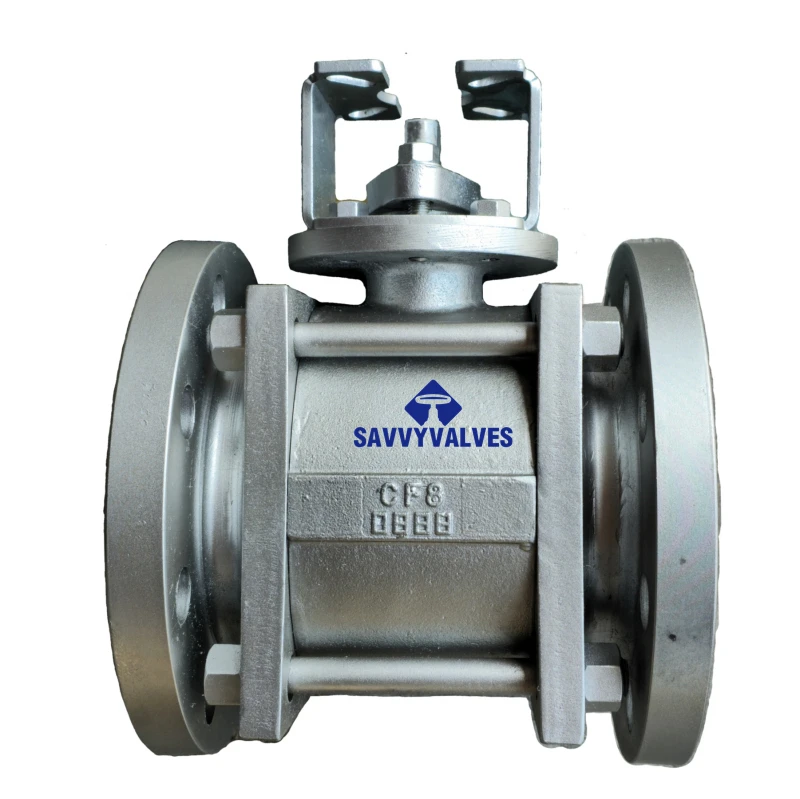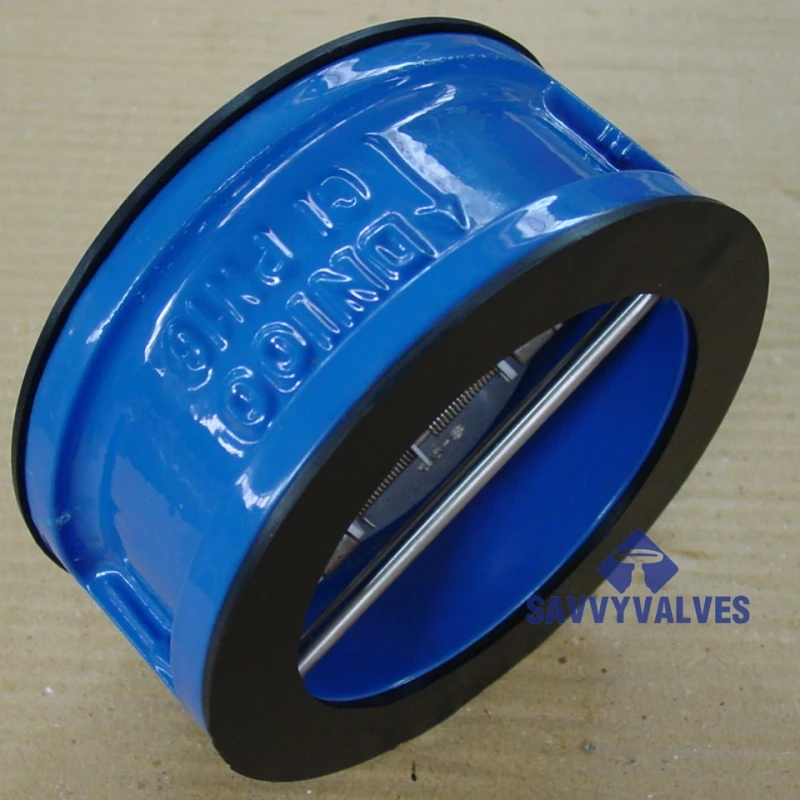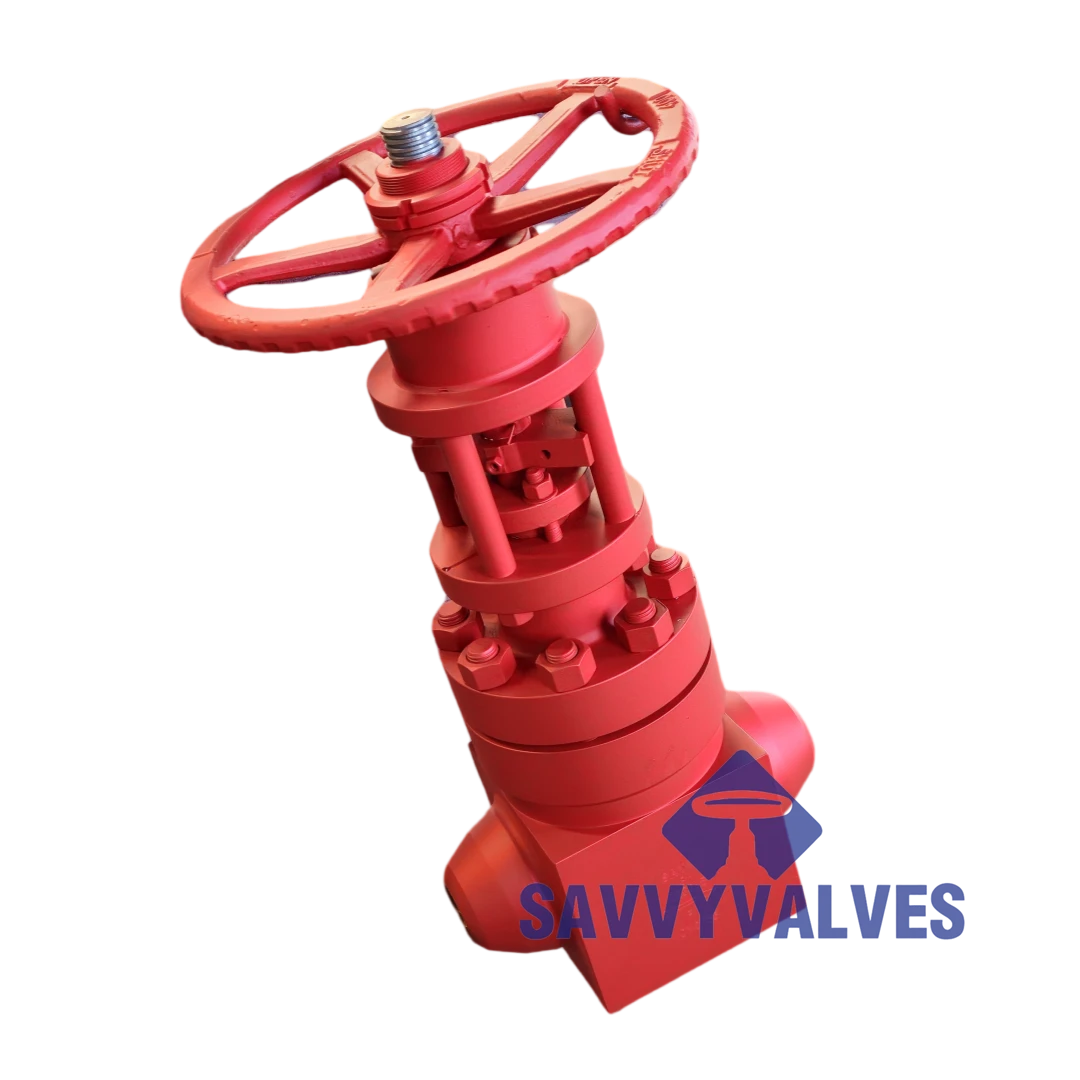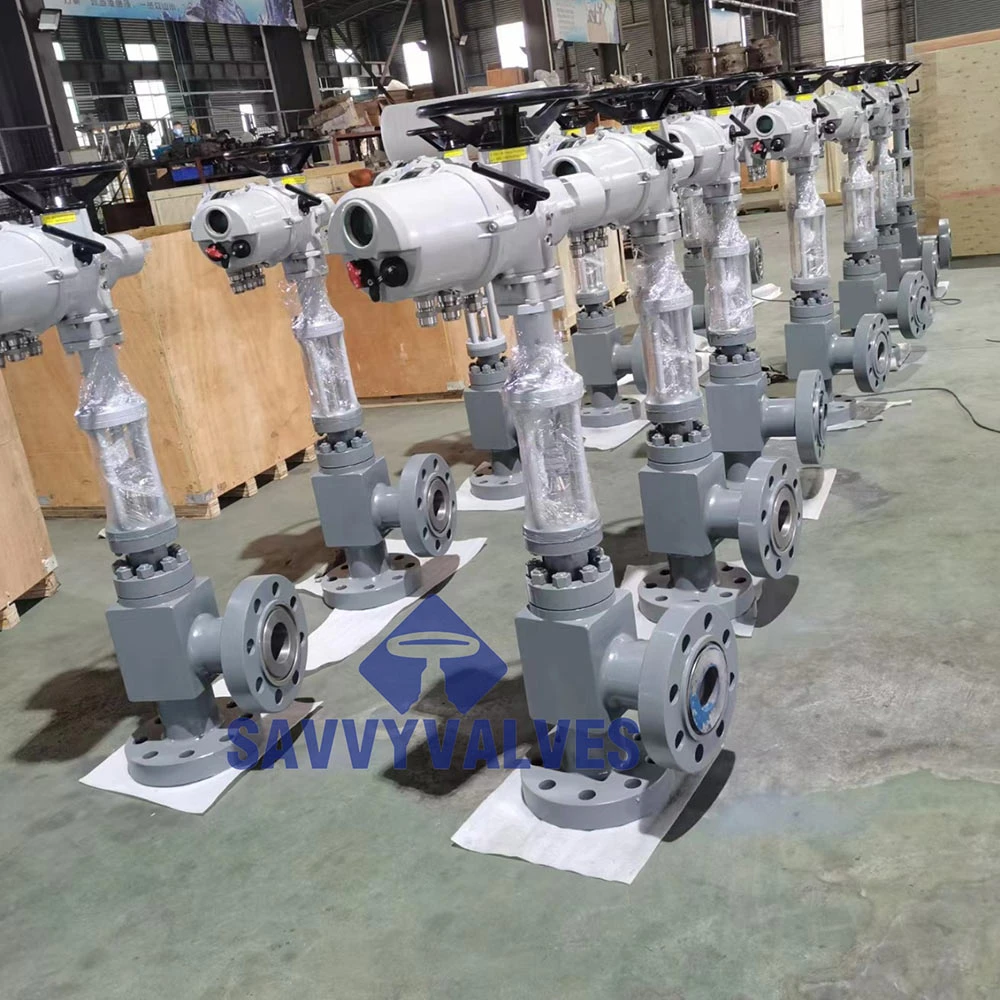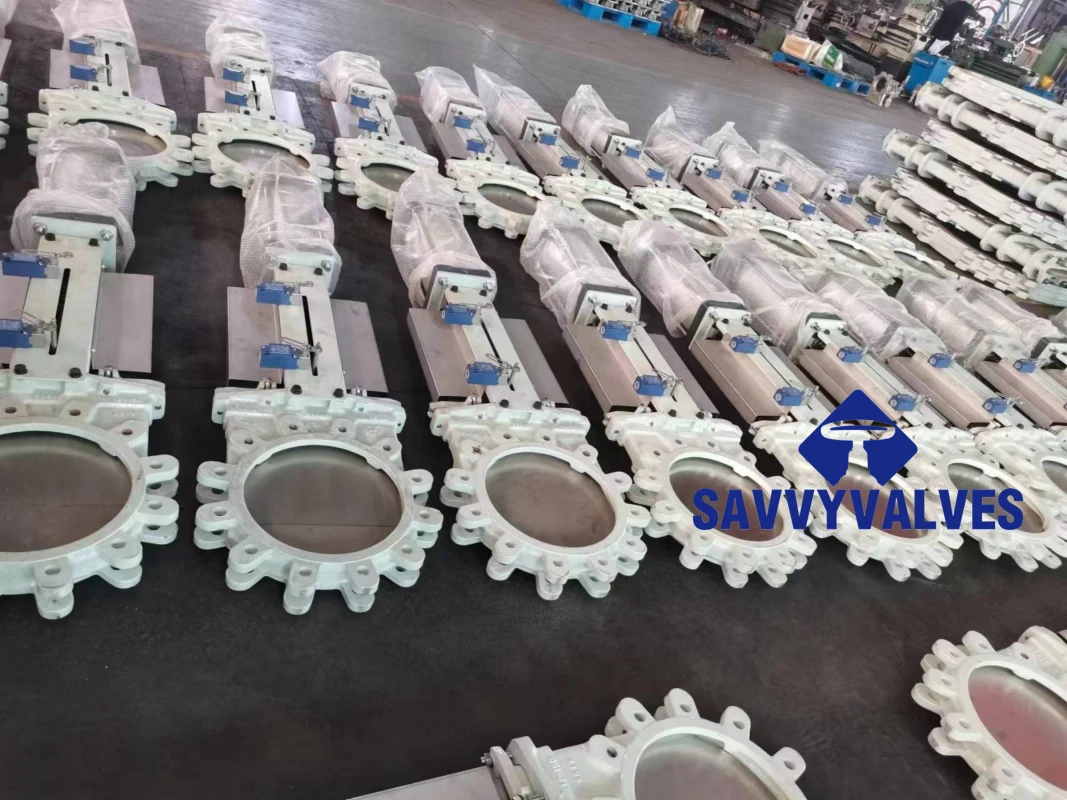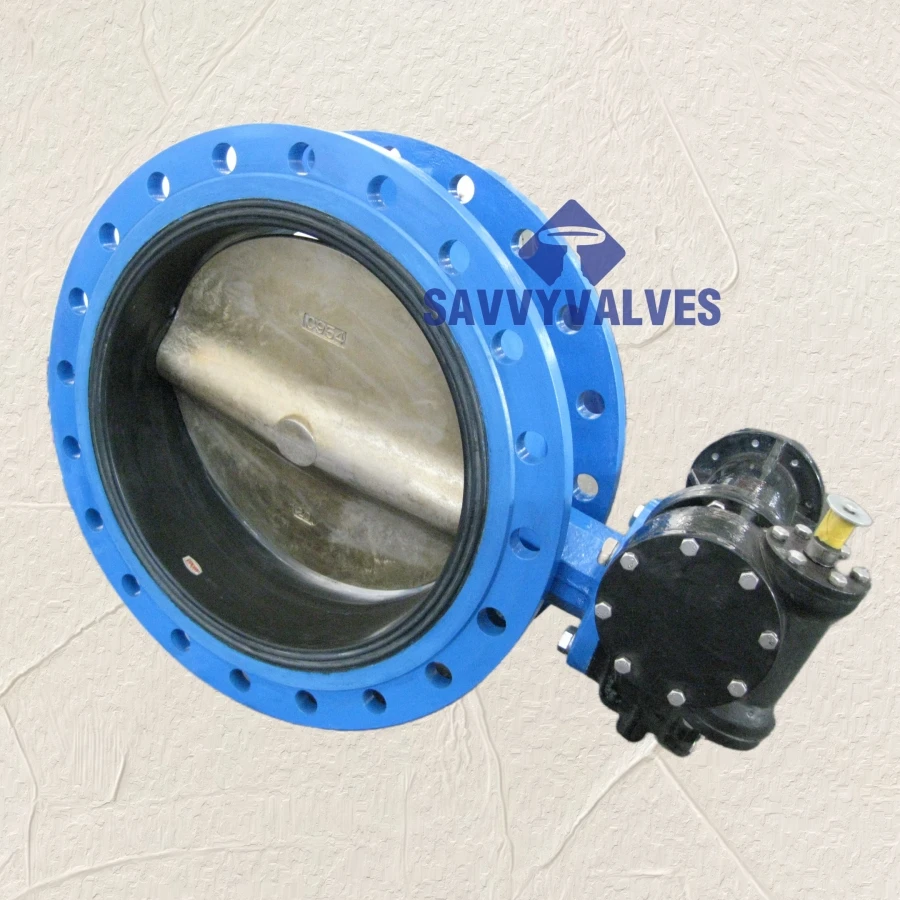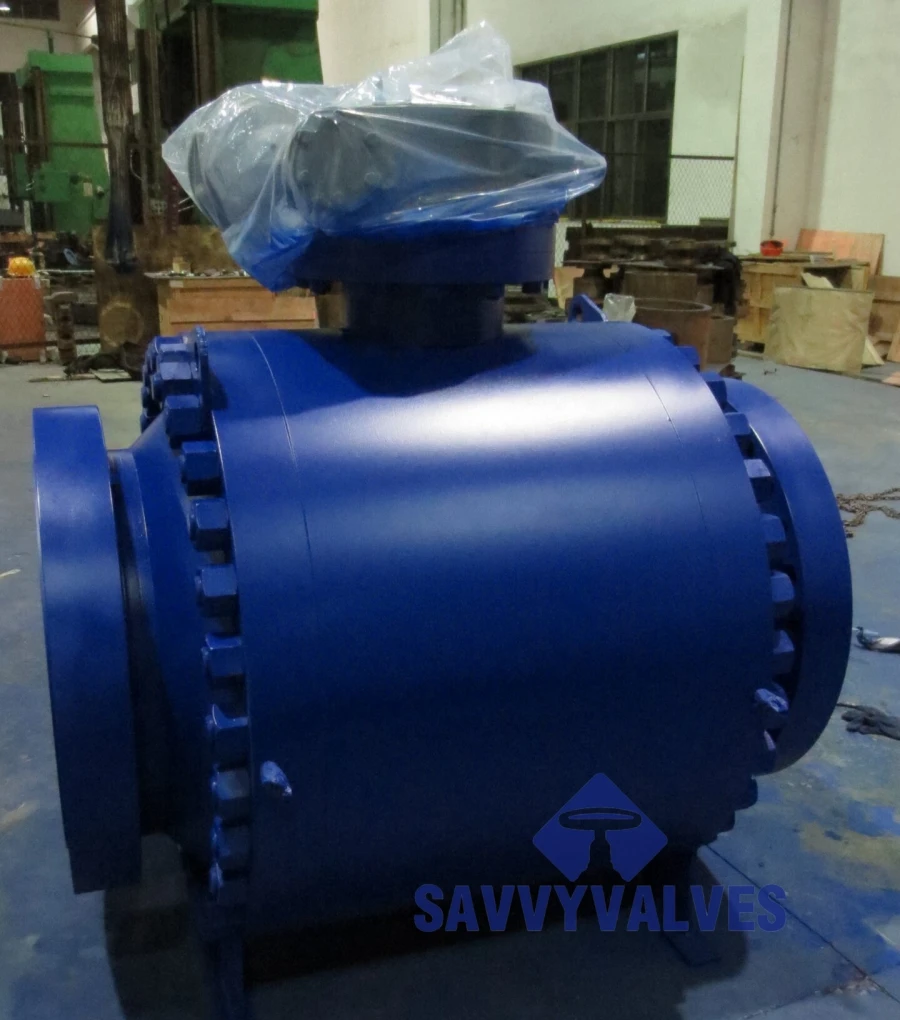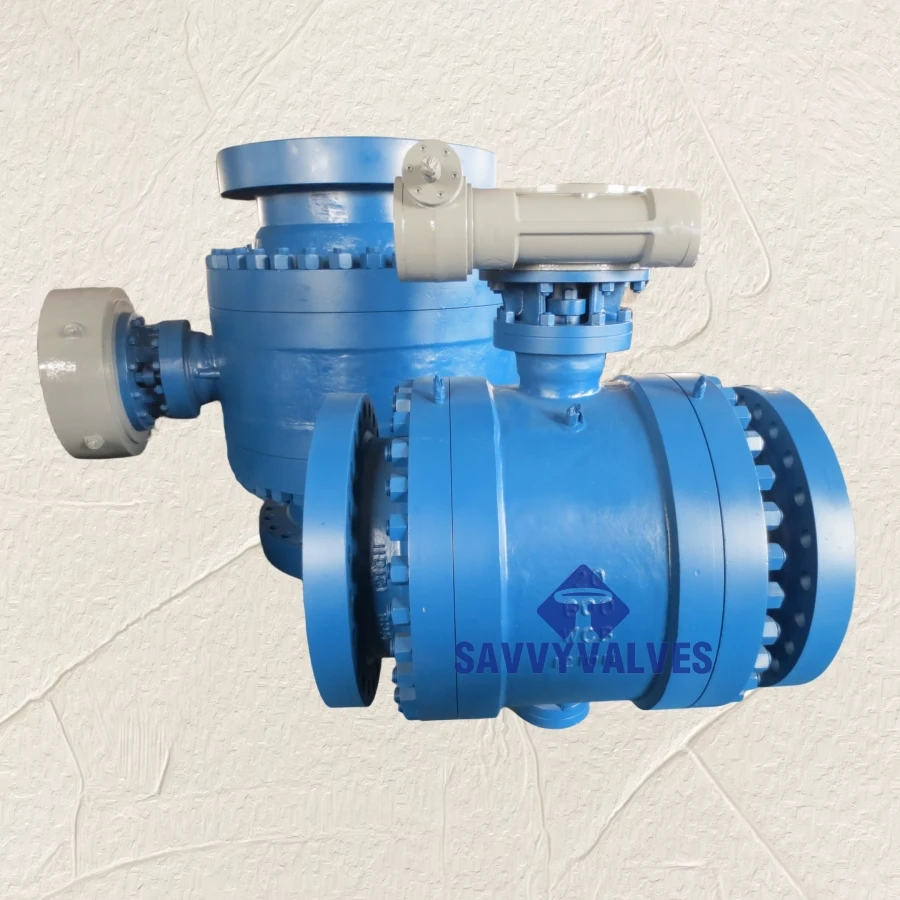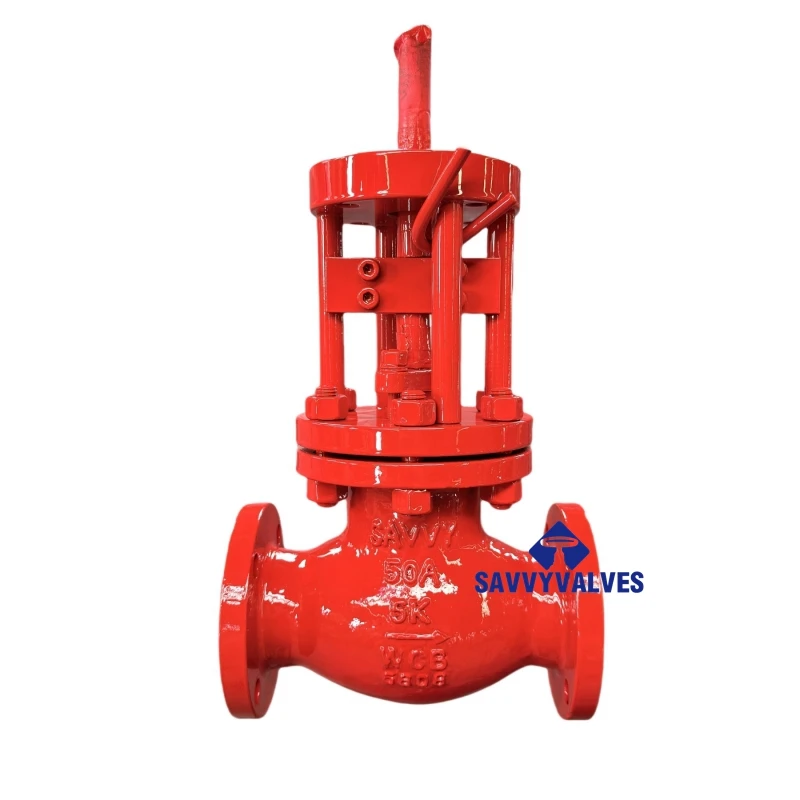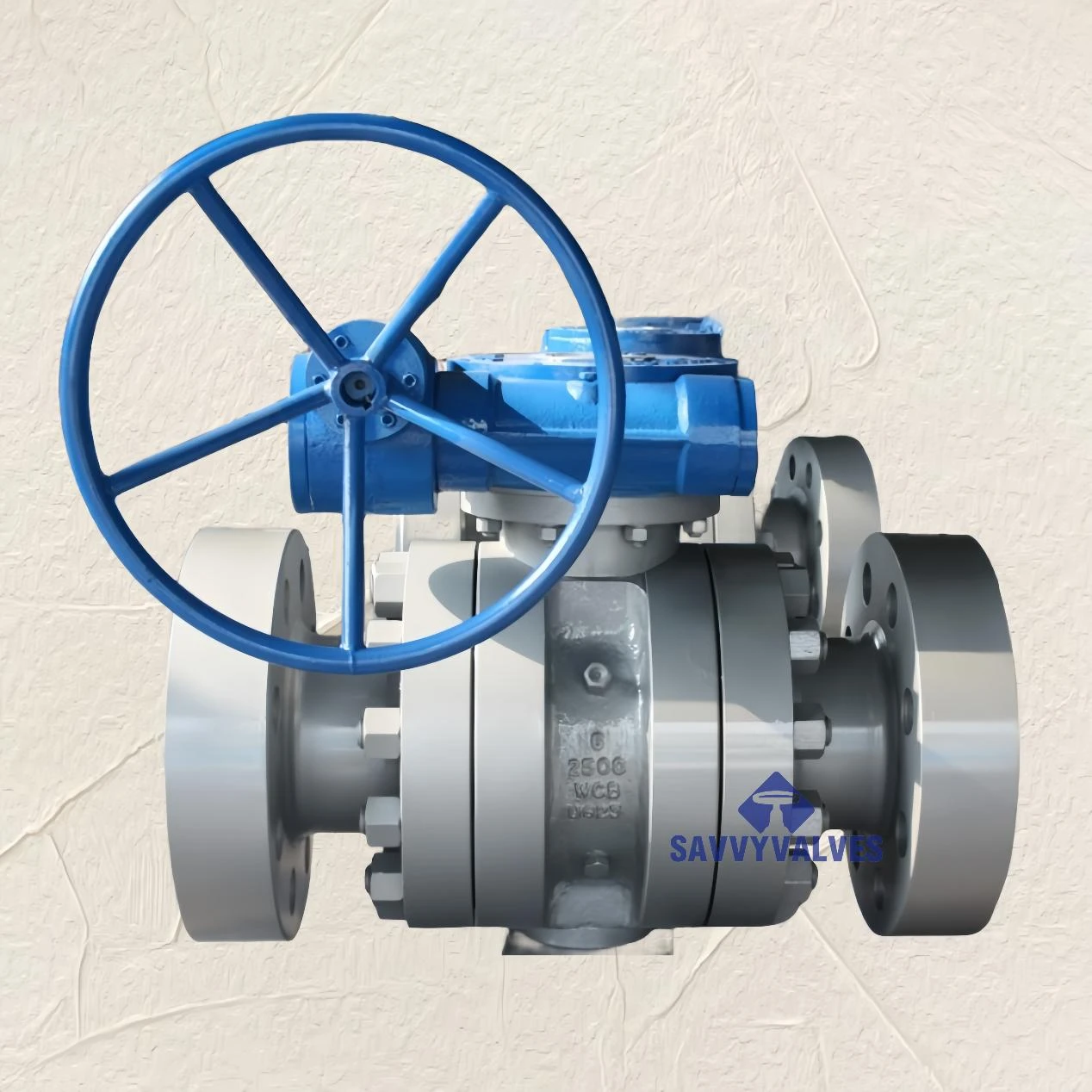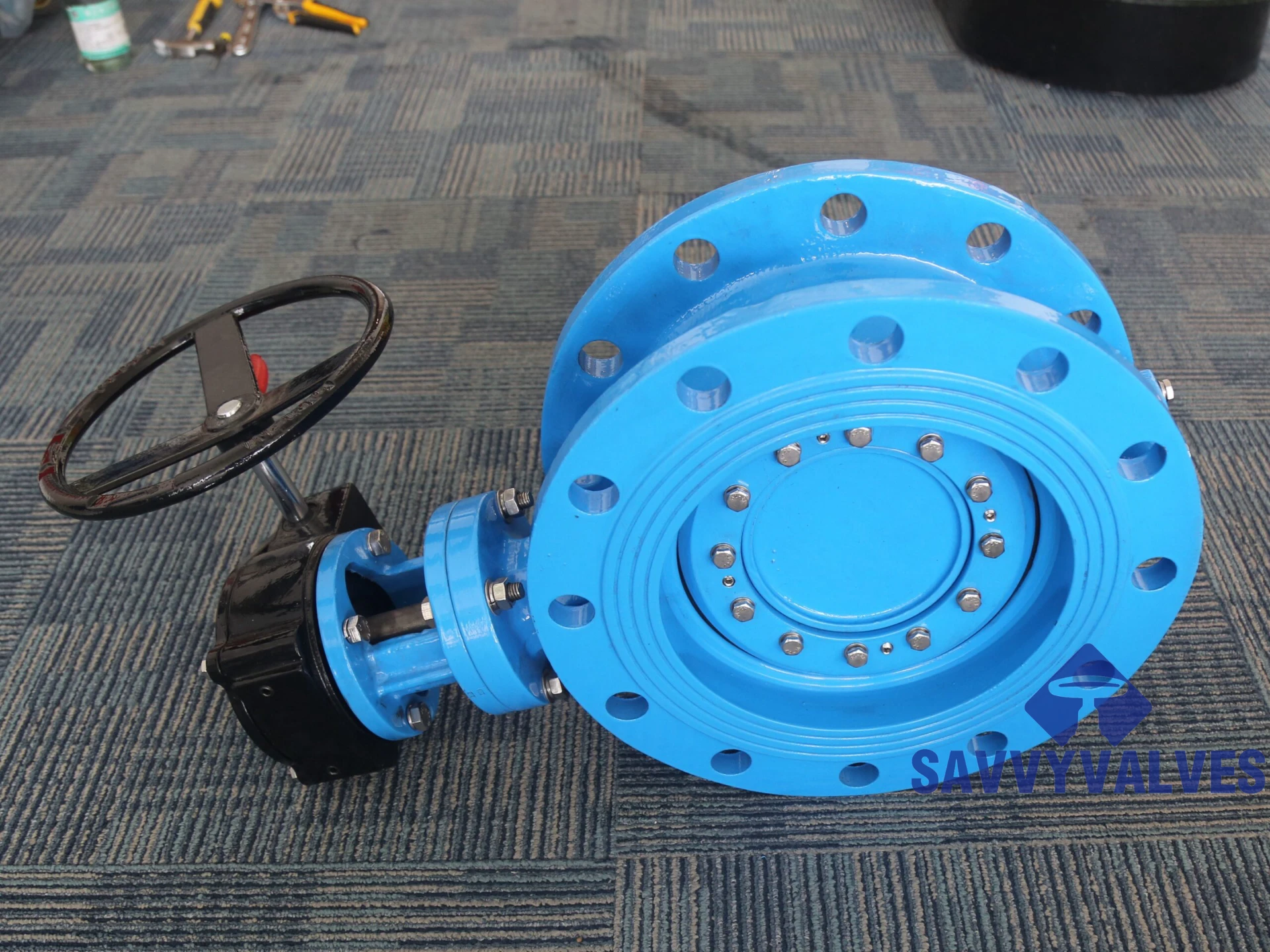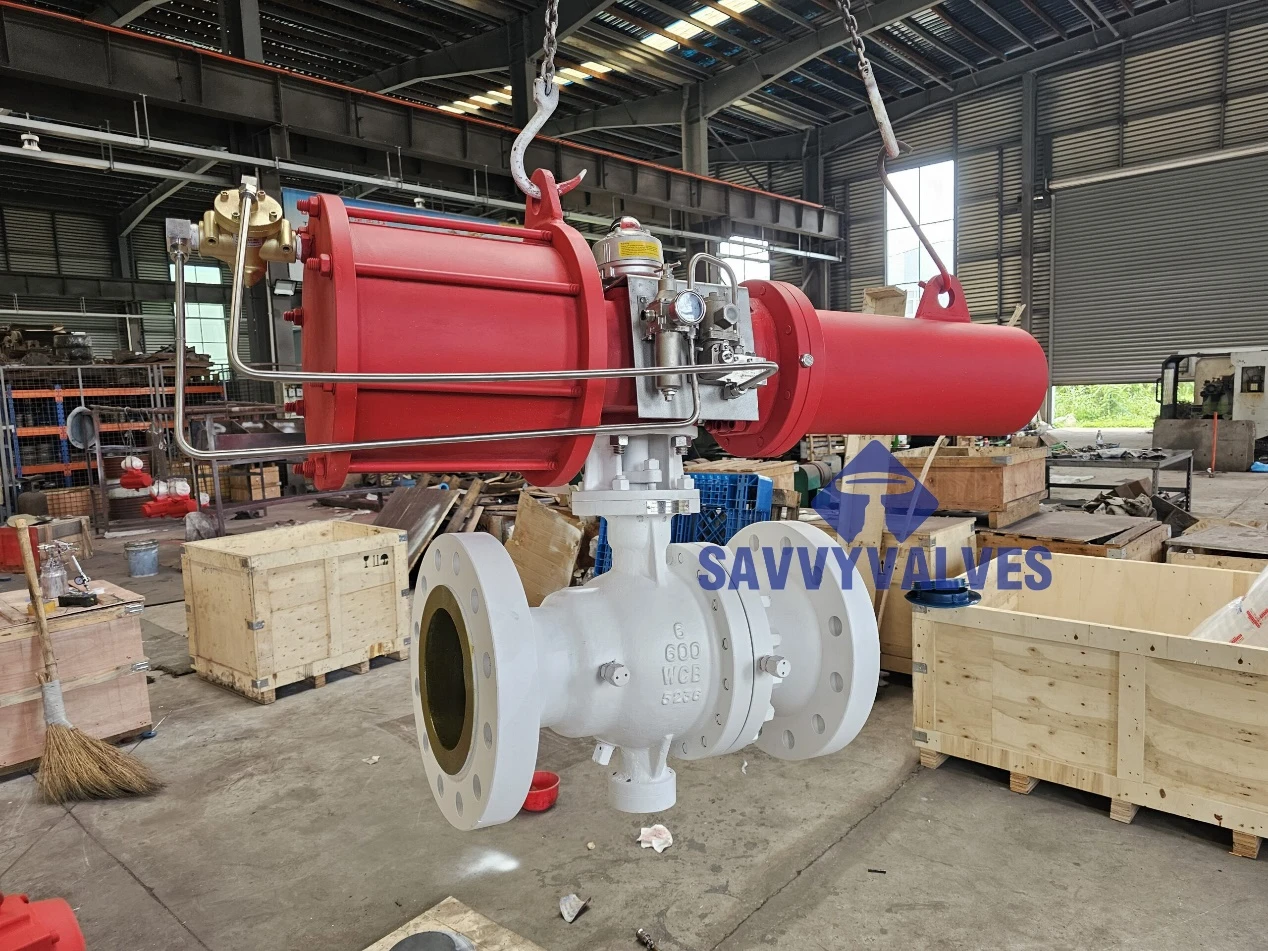Looking for reliable gate valves for sale? Whether you are managing a water treatment plant, a petroleum pipeline, or a power station, the right gate valve is essential for full shut-off functionality in fluid control systems. Gate valves are indispensable for systems requiring tight sealing and infrequent operation.
What makes gate valves for sale particularly appealing is their versatility. Available in a wide range of sizes, materials, and pressure classes, they can be customized to fit various operational demands. The design allows for minimal pressure drop, making them ideal for open or closed flow control.
Suppliers offering gate valves for sale often include variants made of stainless steel, ductile iron, bronze, or carbon steel—each material suited for specific flow media such as water, steam, oil, or gas. Moreover, these valves are available in flanged, threaded, or welded end connections to match your pipeline system requirements.
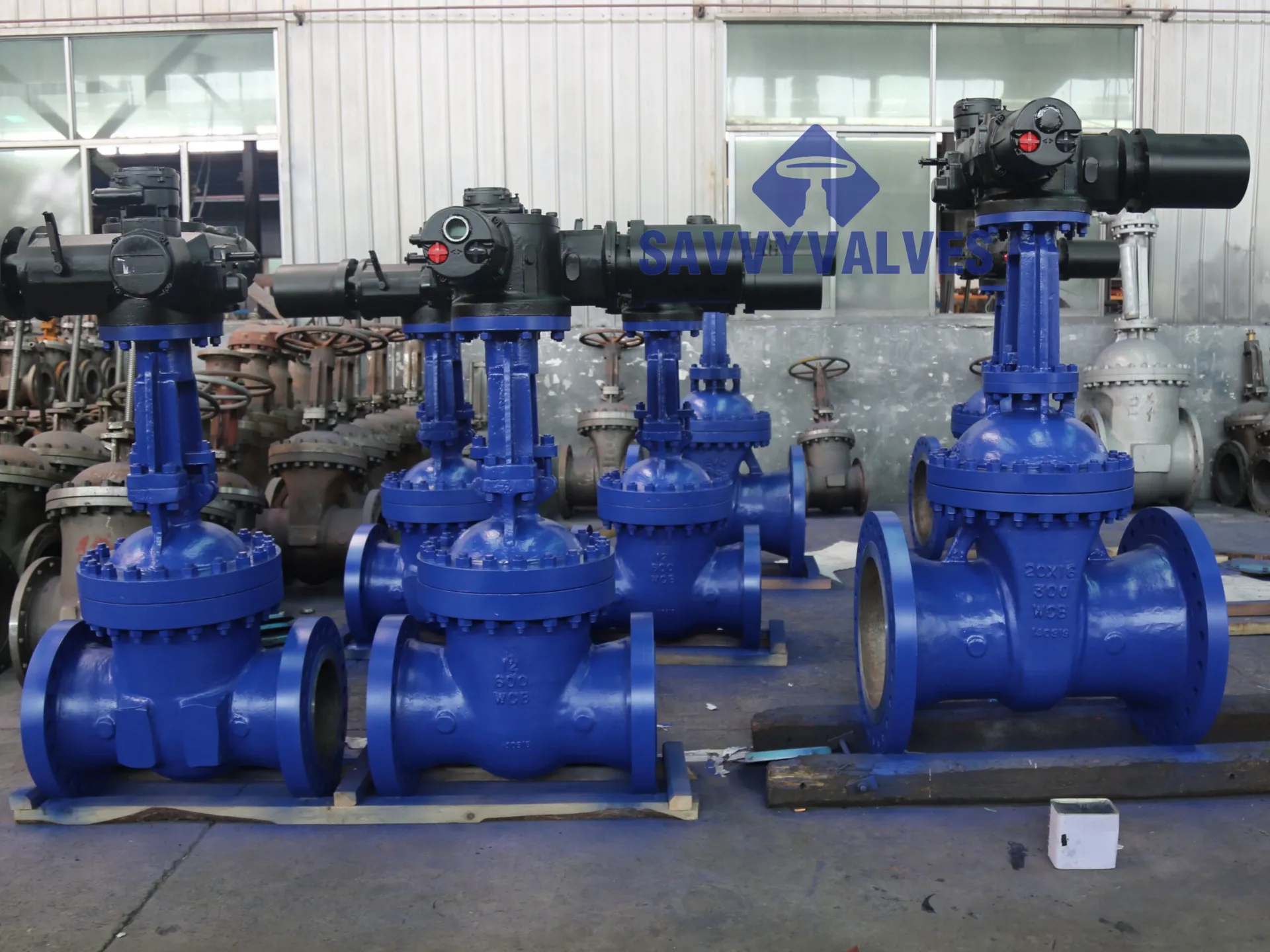
Understanding the Function and Types of Gate Valves
Gate valves are linear motion valves designed to start or stop the flow of a medium. They operate by lifting a gate (or wedge) out of the path of the fluid. When fully open, the valve provides a clear bore with no obstruction, making it a preferred choice in applications that require a straight-line flow of fluid with minimum restriction.
The main types of gate valves include:
Rising stem gate valves: These offer a visual indication of the valve’s status. As the stem moves upward, the gate lifts.
Non-rising stem gate valves: Ideal for tight spaces, the stem doesn’t move vertically, making them compact.
Wedge gate valves: Designed to withstand high pressure and temperature fluctuations.
Knife gate valves: Common in pulp and slurry systems, these can cut through thicker media.
Each type of gate valve has a specific use case, from low-pressure water systems to high-pressure oil and gas pipelines, offering dependability and long service life when maintained correctly.
How to Choose the Best Gate Valves for Sale for Your System
Not all gate valves for sale are created equal. Selecting the right one requires a clear understanding of your system’s specifications and operating environment. Here are some key considerations:
Media compatibility: Know what fluid or gas will pass through the valve—water, oil, gas, steam, slurry—and select materials accordingly.
Pressure and temperature rating: Ensure the valve meets or exceeds system pressure and temperature demands.
Size and end connection: Confirm the valve dimensions and whether it requires flanged, threaded, or welded connections.
Manual or automated: Decide between handwheel operation or electric, pneumatic, or hydraulic actuation for remote or automated control.
Top suppliers of gate valves for sale offer detailed datasheets and technical support to help you make the best decision. Don't compromise on certifications either—look for ISO, CE, and API standards for assurance of quality.
exhaust gate valve FAQs
What are gate valves used for in industrial systems?
Gate valves are primarily used to start or stop the flow of a liquid or gas. They are not designed for flow regulation. These valves are favored in systems where valves remain fully open or closed for long periods, such as water lines, oil pipelines, and gas transportation systems.
What materials are best for gate valves in corrosive environments?
For corrosive environments, gate valves made from stainless steel (304, 316), bronze, or special alloys like Hastelloy are ideal. Material choice depends on the specific chemical composition of the fluid and environmental conditions.
How do I know which size gate valve for sale to choose?
Valve size should match the pipe diameter it connects to and must be capable of handling the flow rate and pressure of the system. Most gate valves for sale are available from 1/2" up to 48", and sizing charts or flow data from the supplier can help with selection.
Are gate valves repairable or replaceable?
Yes, many gate valves are designed for long-term use and can be maintained or repaired. Seats, seals, and stems are often replaceable. However, some low-cost models may not be designed for repair and are intended for replacement after a lifecycle.

